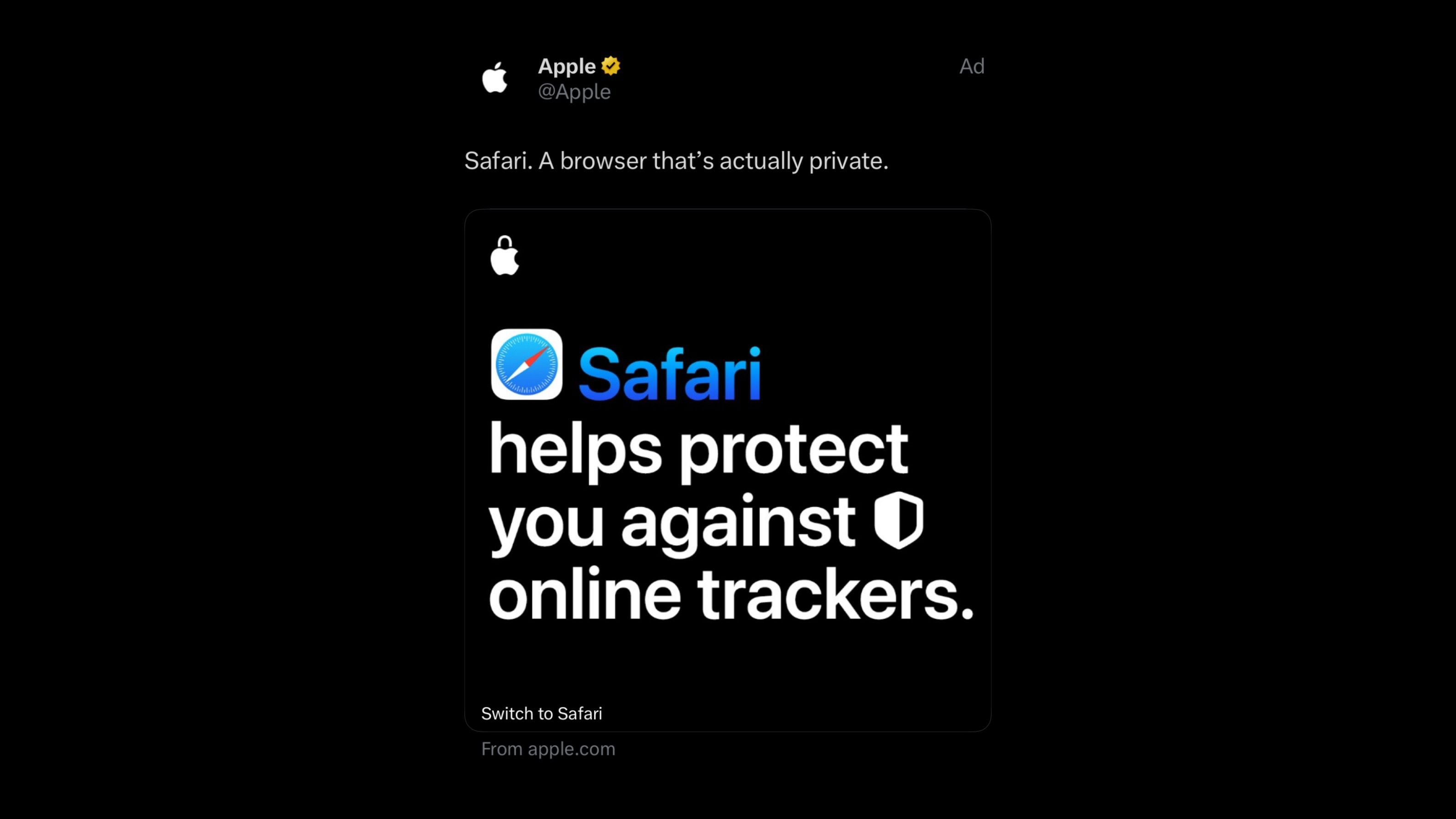Sunil Mallia is the director of engineering at CollectiveHealth, a leading healthcare startup.
In today’s enterprise landscape, software development often resembles a game of telephone. Business users articulate needs, and—after those needs go through layers of marketing, product and engineering teams—the final solution frequently misses the mark.
The result? Expensive rework, frustrated users and technical debt that haunts organizations for years.
Drawing from successful implementations across multiple enterprises, I’ve discovered that the secret to addressing these issues lies not in revolutionizing how we build software, but in transforming how we design it. The key is what I call “cross-functional design alignment”—an approach that brings all stakeholders together before a single line of code is written.
The Three-Phase Solution: Cross-Functional Design Alignment
In typical enterprise settings, teams operate in silos: Business users identify problems; marketing teams shape messaging; product teams define features; engineering teams build solutions.
This fragmented approach often leads to solutions that don’t fully address business needs, costly rework and technical compromises, non-scalable implementations that frustrate end users and extended development cycles with diminishing returns.
To ensure alignment from the outset, I’ve developed a three-phase approach to get everyone on the same page:
Phase 1: Solution Innovation Session
A solution innovation session serves as the foundation of successful software development.
Unlike traditional requirement-gathering meetings, business users don’t simply list requirements in these sessions. They tell stories about their challenges, demonstrate their current workflows and share their vision for improvement.
The key components of a successful solution innovation sessions include:
• Problem Narrative: Business users present real scenarios and pain points.
• Interactive Dialogue: Stakeholders engage in deep questioning to uncover hidden requirements.
• Workflow Demonstration: Users show their current processes, highlighting inefficiencies.
• Vision Sharing: Teams collaborate to envision the ideal solution.
• Documentation: All insights, questions and clarifications are meticulously recorded.
Multiple sessions may be necessary, especially for complex problems. The goal isn’t speed—it’s comprehensive understanding.
Phase 2: Design Team Engagement
The design team phase transforms understanding into actionable solutions. This cross-functional team—led by an architect—brings diverse perspectives to solution design. The design team’s responsibilities include:
• Creating detailed solution architecture documents.
• Developing system interaction diagrams.
• Mapping business processes to technical components.
• Identifying potential technical challenges and mitigation strategies.
• Evaluating scalability requirements.
• Considering security and compliance needs.
• Documenting assumptions and constraints.
• Creating proof-of-concept prototypes when necessary.
The team focuses on both immediate solutions and long-term sustainability, ensuring that today’s solution doesn’t become tomorrow’s technical debt.
Phase 3: Cross-Functional Review and Development
The review phase is where design meets reality. The design team presents their solution to the broader stakeholder group in a structured format that encourages critical evaluation. The essential aspects of the review phase are:
• Solution Walkthrough: Step-by-step explanation of how the proposed solution addresses business needs.
• Technical Deep Dives: Detailed exploration of architecture and implementation approaches.
• Risk Assessment: Identification and discussion of potential challenges.
• Alternative Considerations: Review of other approaches considered and why they were rejected.
• Implementation Roadmap: Phasing and prioritization of development work.
• Success Criteria: Clear definition of what constitutes successful implementation.
During development, weekly or sprint-based feedback sessions ensure continuous alignment. These sessions should review progress against design objectives and address any technical challenges encountered. After evaluating any necessary design adjustments, confirm that the implementation meets business requirements and gather early user feedback on the completed components.
Conclusion
For organizations looking to adopt this approach, here are a few tips:
• Start small with pilot projects to demonstrate value.
• Invest in collaboration tools that facilitate remote design sessions.
• Create templates for design documentation to ensure consistency.
• Build a culture that values thorough design over quick implementation.
• Measure and track the reduction in rework and technical debt.
• Celebrate successes to reinforce the value of the approach.
In an era where software development costs continue to rise, organizations can’t afford the luxury of building first and asking questions later. Cross-functional design alignment isn’t just a methodology—it’s a competitive necessity that ensures every dollar spent on development delivers maximum business value.
The message is clear: Design before you build. Your stakeholders, developers and bottom line will thank you.
Forbes Technology Council is an invitation-only community for world-class CIOs, CTOs and technology executives. Do I qualify?









